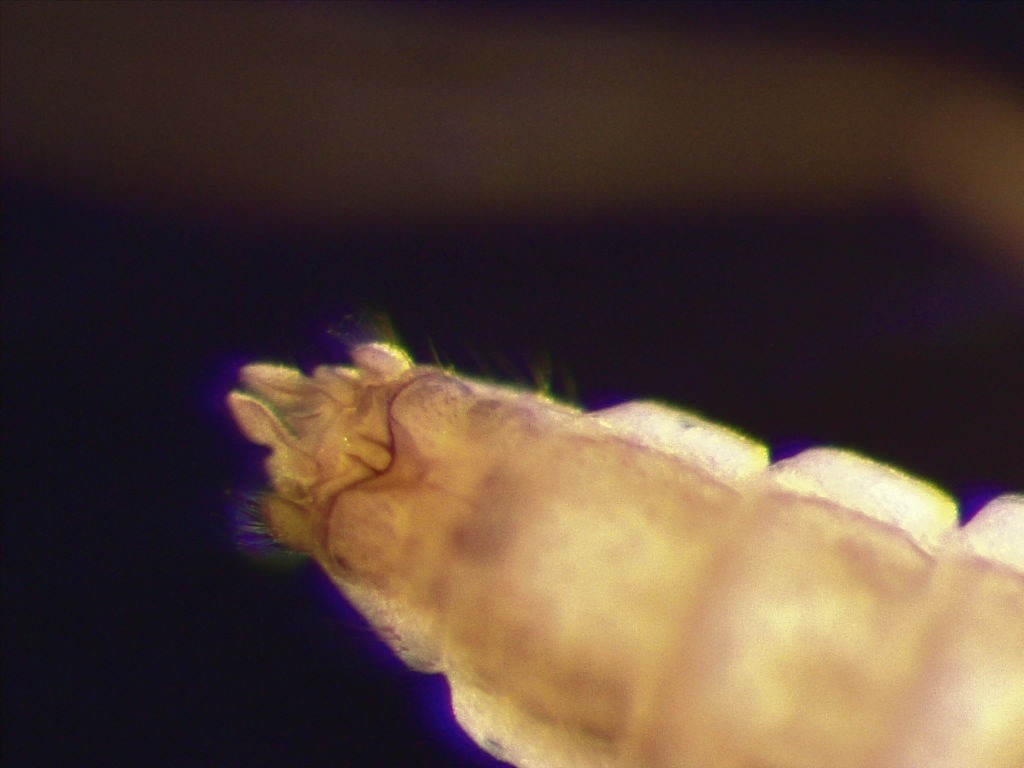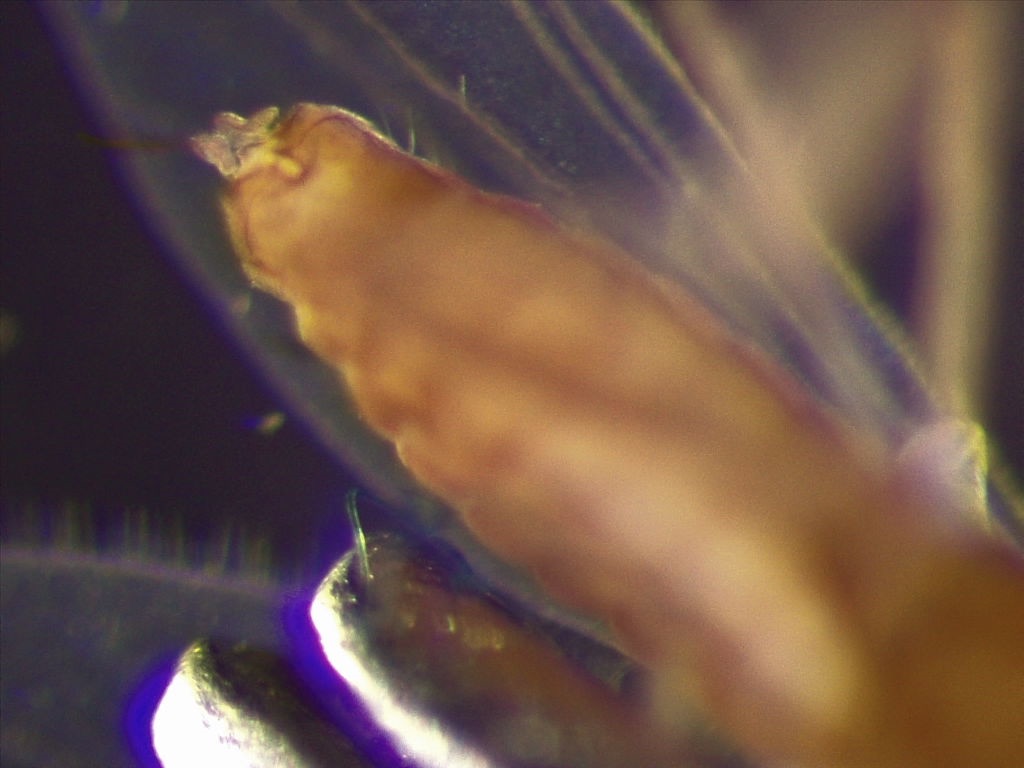Diptera.info :: Identification queries :: Diptera (adults)
|
male/female chironomid?
|
|
| gdoer |
Posted on 18-10-2019 21:08
|
|
Member Location: Posts: 71 Joined: 18.06.19 |
This chironomid is from Convict Creek in Mammoth Lakes, CA. It is 2.86 mm. Part of believes it is a male because the fused tip of the gonocoxite. Alternatively, is this a female I am mistaking for a male? What leads me to believe this is that the antennae are not plumous. Some basic principles to distinguish males from females would be much appreciated! Thanks!
gdoer attached the following image:  [76.18Kb] Edited by gdoer on 18-10-2019 22:04 |
|
|
|
| gdoer |
Posted on 18-10-2019 21:08
|
|
Member Location: Posts: 71 Joined: 18.06.19 |
full body
gdoer attached the following image:  [87.64Kb] |
|
|
|
| gdoer |
Posted on 18-10-2019 22:25
|
|
Member Location: Posts: 71 Joined: 18.06.19 |
Also, this one
gdoer attached the following image:  [102.62Kb] |
|
|
|
| gdoer |
Posted on 18-10-2019 22:25
|
|
Member Location: Posts: 71 Joined: 18.06.19 |
.
gdoer attached the following image:  [103.92Kb] |
|
|
|
| John Carr |
Posted on 18-10-2019 23:03
|
|
Super Administrator Location: Colorado, USA Posts: 10555 Joined: 22.10.10 |
That is a female with cerci exposed. Male genitalia are bigger and the adbomen usually cylindrical. |
| Tony Irwin |
Posted on 19-10-2019 09:40
|
|
Member Location: Norwich, England Posts: 7327 Joined: 19.11.04 |
There is no simple way of telling males from females in Chironomidae. Generally, males have large plumose antennae, while females have antennae that are shorter and more sparsely haired. However there are exceptions, with some females having longer hairs on the antennae and some males have antennae that look like those of females. Looking at the genitalia is more reliable, but you need to become familiar with the range of morphology in both males and females. It's helpful to remember that females tend to have fatter abdomens and often the eggs can be seen through the abdominal wall. Tony ---------- Tony Irwin |
|
|
|
| Jump to Forum: |













